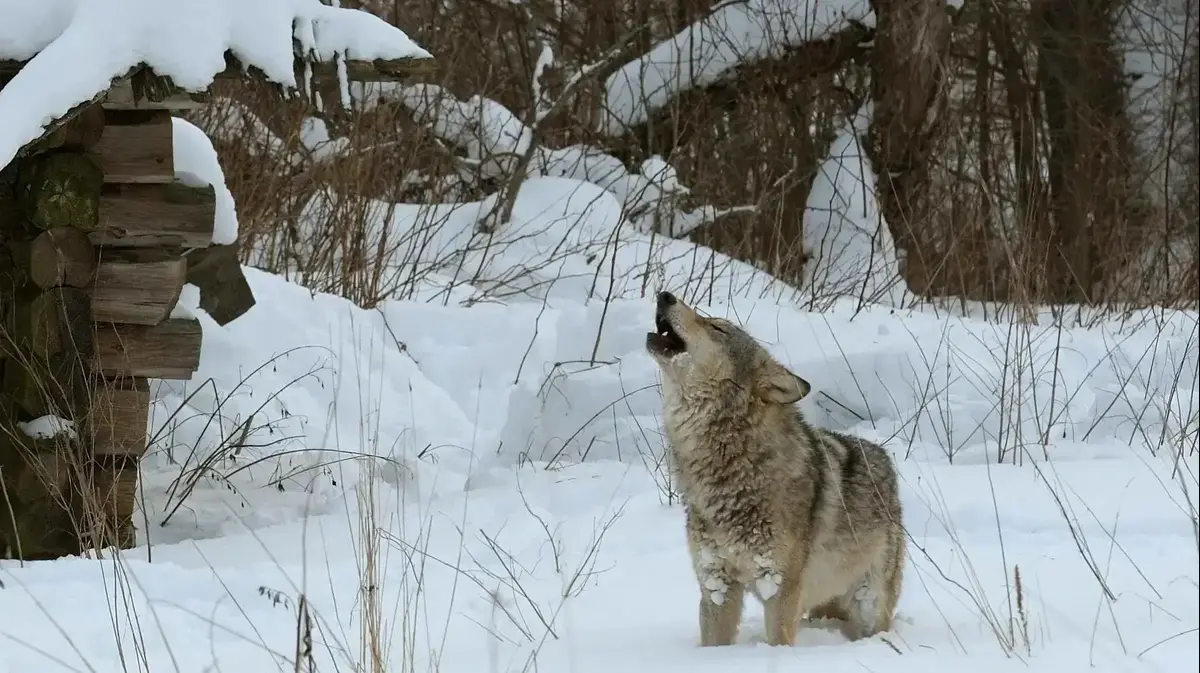It began 35 years ago: A radioactive cloud moved over Europe and with it the district - from Chernobyl.
This has had an impact to this day, especially on mushrooms and wild boar.
District
- It all began with a large cloud that made its unstoppable path across Europe from the east. It is almost exactly 35 years ago that a reactor in the Ukrainian Chernobyl nuclear power plant exploded and huge amounts of radioactive substances were released into the atmosphere. Among other things, harmful cesium was blowing in a cloud over Europe, which started raining in Upper Bavaria from around April 30, 1986. Rupert Wachter from Maising says: “The consequences can still be felt today.” Wachter should know. Together with his father Rupert Wachter senior, the 45-year-old runs one of two Becquerel measuring stations for game meat in the district, the other is in Gauting.
Becquerel is the physical unit for the activity of atomic nuclei.
To put it simply: the higher the Becquerel value, the more irradiated.
The Wachters, both passionate hunters, deal exclusively with wild boar meat.
“We check whether the game that is shot is also suitable for human consumption.” This is mandatory for all wild boars shot.
+
The sealed Chernobyl reactor today.
© Efrem Lukatsky / dpa
In practice, it works like this: Hunters each bring a 500 gram sample of the muscle meat of the wild boar to Wachter's “Maisinger Hof” in Maising. The measuring station runs on a voluntary basis on behalf of the Bavarian Hunting Association and "practically on the side", as he says. In fact, testing hardly costs him any time. Wachter tips the meat into a measuring cup and the device does the rest. Three minutes later he has the result.
If the value is less than 600, everything is fine.
The meat can be sold and consumed.
If the value exceeds the EU-wide 600 limit, the wild boar has to be disposed of by the animal carcass disposal facility - and Wachter often gets disappointed looks from the hunters.
“They then shot the game for practically nothing,” he says.
The hunters cannot circumvent this procedure.
You are legally obliged to have every wild boar shot tested for its radium / cesium content.
In addition, a trichinae examination in the district office is required before the meat can finally be sold.
+
After the Chernobyl reactor disaster, wild boars and mushrooms in the Starnberg district are still contaminated with radioactivity.
© Lino Mirgeler / dpa
According to estimates by Rupert Wachter, every third wild boar still exceeds the limit value in his tests. "Most of them are completely problem-free," emphasizes Hartwig Görtler, chairman of the district hunters' association. Only flawless meat comes onto the market - and hardly any other food is so strictly monitored. What makes things particularly difficult for Wachter and his colleagues: Wild boars with radioactive contamination cannot be recognized. “Unfortunately, they don't glow in the dark,” he says with a laugh.
The fact that wild boars are still stressed is due to their eating behavior.
Unlike deer, for example, they often dig for insect larvae and roots in the forest floor - and this is where the cesium remains to this day.
In late autumn and winter the wild boars dig more.
“We have most cases with Becquerel values that are too high,” says Wachter.
In summer, when the animals can feed on maize and crops, the situation is much more relaxed.
He cannot name particularly affected areas in the district: "Whether Oberbrunn, Gut Schwaige or Wangen - the bottom line is that it doesn't matter."
+
After the Chernobyl reactor disaster, wild boars and mushrooms in the Starnberg district are still contaminated with radioactivity.
© Patrick Pleul / dpa
The effects of the reactor disaster can also be seen in mushrooms to this day. Although there are no legal measurement specifications for these, Helmut Grünert, Chairman of the Munich Association for Mushroom Science, is so sure that many wild mushrooms in the region would exceed the Becquerel value of 600 per kilogram. “It's not really that bad,” emphasizes the Gilchinger. He advises pregnant women and children under the age of six not to use wild mushrooms, otherwise the only thing that matters to him is the amount. "It is like all things in life: only moderate enjoyment is healthy."
So if you pack no more than 250 grams of mushrooms from the local forests on your plate per week, you don't need to worry in Grünert's eyes.
His credo: “If there is a mushroom with 1000 Becquerel, then that's the way it is.
You have to leave the church in the village. "
The entire district is affected, but not evenly.
35 years ago it rained a little more in the northwest and at the Ammersee - that's why higher values for mushrooms can be found there than at Lake Starnberg, for example.
The Landsberg district was more severely affected than the Starnberg district.
use, ike







